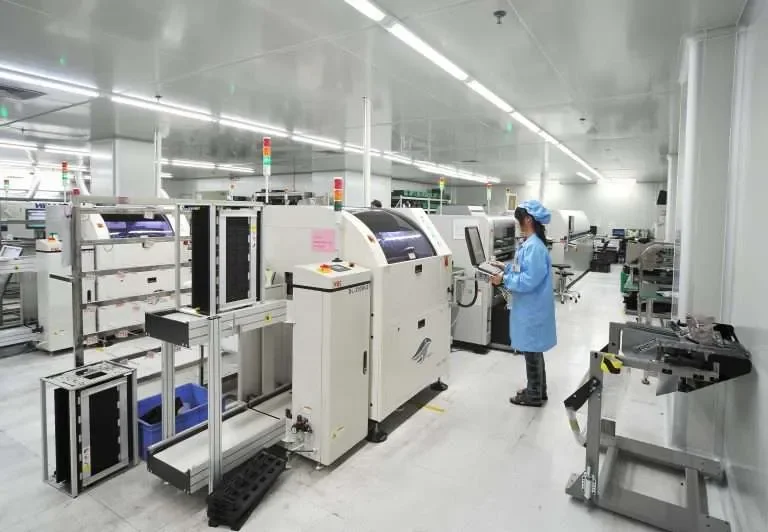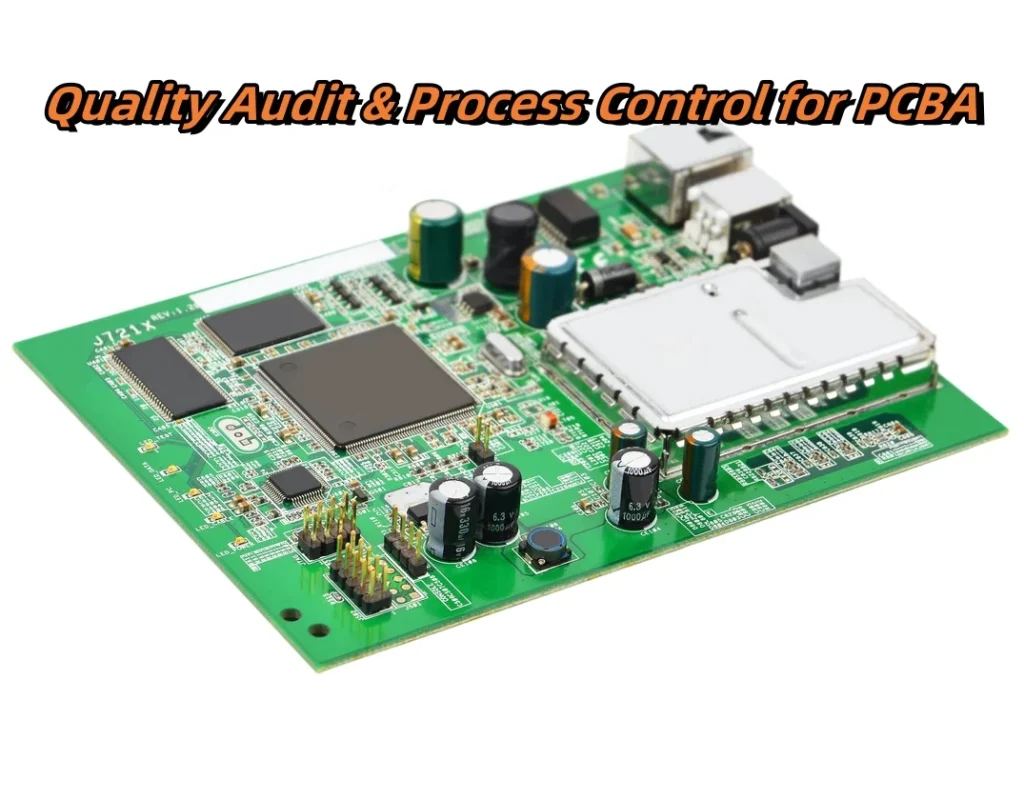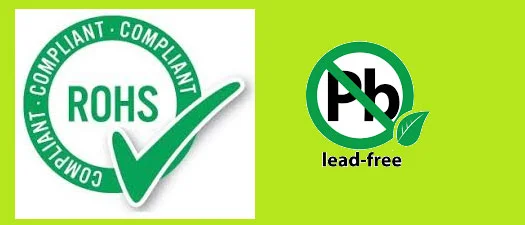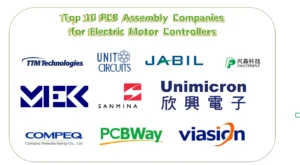Quick Leads-PCBA
Ordering PCB assemblies from a Chinese manufacturer can either be a smart business move—or a major headache. Trust me, I’ve been there. Whether you’re managing a full turnkey project or just getting prototype boards assembled, the quality of your EMS supplier makes all the difference.
So here’s a practical, updated guide that shows you exactly how to audit an SMT factory in China. I’m not talking about fluffy “supplier brochures.” I’m talking about 20 critical audit questions and a checklist that will help you avoid red flags, verify capabilities, and reduce your risk.
What Should You Check in an SMT Factory Audit in 2025 Before Ordering from China?
A proper SMT factory audit in 2025 must cover equipment capability (SPI, AOI, FCT), quality systems (ISO 9001, RoHS), soldering process control, component sourcing, and traceability. Ask about visual inspection standards, reflow profiles, and BOM validation. Use a tailored electronics manufacturing audit checklist to reduce risk and ensure production reliability.
Let’s walk through these must-ask questions step by step and look at why they matter—especially in today’s fast-evolving electronics supply chain.
💡 Looking for full-service PCB Assembly?
We offer turnkey solutions from PCB manufacturing to testing.

1. How do you audit an SMT factory in China?
Start with a basic walkthrough of the production line. Look for how materials are received, stored, handled, and moved to SMT lines. Ask to see their ISO 9001 certificate and RoHS compliance documents. Then observe whether they’re using SPI (Solder Paste Inspection) machines, AOI (Automated Optical Inspection), and whether they log any functional testing (FCT) results.
Ask them: “Can you show me how a job moves from BOM review to final packaging?”
That question alone will reveal whether they truly understand electronics manufacturing or just outsource everything.
If you’re ready to dig deeper into the actual steps involved, we’ve created a full guide on how to audit an SMT assembly factory, covering pre-audit documents, on-site verification techniques, and risk scoring methods.
2. Essential PCB Factory Audit Checklist (Free PDF)
Here’s a condensed version of a typical PCB assembly factory audit checklist we use for initial supplier evaluation:
✅ Basic SMT Audit Quality Checklist
| Audit Area | What to Check |
|---|---|
| Equipment Calibration | SPI, AOI, FCT, reflow ovens, soldering tools |
| Process Control | Reflow profile settings, visual inspection |
| Quality Systems | ISO 9001, IPC-A-610 Class II/III compliance |
| Material Traceability | Barcode scanning, lot tracking, component ID |
| Anti-Counterfeit Steps | Original packaging, authorized distributors |
| Component Handling | Humidity control, ESD-safe workstations |
This table works great when you’re conducting B2B sourcing from China and want to stay structured.
3. Key Checkpoints in SMT Production Lines (China 2025)
From personal experience, here’s what I look for on-site:
Solder Paste Printing Quality – Check if they inspect thickness and alignment.
AOI Results – Are they actually reviewing inspection logs or ignoring them?
PCBA Reflow Soldering Profile – Ask to see a record of last week’s profiles.
Functional Testing (FCT) – Do they run it in-house or outsource it?
If they can’t produce consistent inspection records, you’re dealing with guesswork, not quality control.
Want to go further into testing methods like FCT, ICT, and boundary scan? Check out our article on the top 5 testing methods for ensuring PCB assembly quality to see what each test reveals—and when to use them during audits.

4. Verifying Chinese Electronics Manufacturers: What to Check
A reliable turnkey PCB assembly supplier in China will:
Validate the BOM cost early on
Manage component sourcing risk
Have strict anti-counterfeit checks
Offer detailed reports (including incoming inspection, X-ray, and ICT testing)
You should also ask: “Can I audit your component procurement process?”
If they hesitate, walk away.
5. How do you verify a Chinese electronics manufacturer before placing an order?
Beyond certifications and brochures, here’s a chart I use when doing vendor selection:
🔍 EMS Supplier Verification Comparison (China 2025)
| Factor | Verified Vendor | Risky Vendor |
|---|---|---|
| ISO 9001 + RoHS | ✔ Present & Valid | ❌ Expired or None |
| SMT Equipment (AOI/FCT) | ✔ In-house & functional | ❌ Outdated or fake logs |
| BOM Analysis + Quote | ✔ Itemized & realistic | ❌ Lump sum pricing |
| MOQ Flexibility | ✔ Accepts low MOQ | ❌ High MOQ or vague |
| Past Client References | ✔ Available on request | ❌ Refuses or vague |
| Visual Inspection Protocol | ✔ IPC standards followed | ❌ Random inspection |
We use this table with clients sourcing low MOQ PCB assembly from China.
It’s also smart to check if your supplier has participated in any third-party assessments like IPC’s Standards Gap Analysis, which help pinpoint quality risks.
6. Why ISO 9001, IPC-A-610 Matter for PCB Factory Audits
These aren’t just nice-to-have badges. They define how production is documented, how errors are prevented, and how defects are handled. IPC-A-610 Class II is minimum for consumer-grade electronics. Class III is for aerospace, defense, or medical-grade builds.
Unit Circuits: Leading PCBA Manufacturer
 ISO-certified & 8+ years of PCBA
ISO-certified & 8+ years of PCBA Low MOQ & Fast Turnaround
Low MOQ & Fast Turnaround Prototype & Mass production
Prototype & Mass productionLimited Time Offer:
Get $100 off your order TODAY!

7. Top 7 Questions to Ask in a Chinese SMT Factory Audit
Here are 5:
“How do you monitor solder paste shelf life?”
“Can I see your AOI logs from last month?”
“What ESD protections do you have in place?”
“What’s your fallback plan if a part fails FCT?”
“Do you have an anti-counterfeit component policy?”
These questions signal that you understand how electronics manufacturing audit checklists work—and that you’re not easily fooled.
8. Anti-Counterfeit Controls in SMT: What Auditors Should Know
Here’s a trick: ask to see their supplier list for ICs and passive parts. Then search those names online.
If it’s Digikey, Mouser, Future: good.
If it’s unknown distributors or local resellers: big red flag.
Also check how they store incoming parts. No anti-static packaging = no anti-counterfeit controls.
9. SMT Equipment Capabilities to Inspect in a Modern Line
You need at least:
SPI for stencil paste consistency
AOI for component alignment
FCT or ICT for real functional verification
Ask: “What’s the minimum component pitch your machines handle?”
Their answer should be 0201 or smaller if you’re making compact consumer devices.

10. RoHS & Lead-Free Soldering: Critical Quality Factors
As the EU and North America tighten RoHS compliance rules, lead-free soldering services are now a basic expectation. If you plan to sell globally, don’t risk dealing with factories that mix leaded and lead-free lines.
Ask: “Do you offer separate production for RoHS and non-RoHS jobs?”
If you’re planning to ship globally, you’ll want to read our breakdown on how RoHS-compliant solder affects PCB reliability and market access. It explains how poor solder choices can get your product flagged in customs or fail EU certification audits.
11. Common Red Flags Found in PCB Audit Reports
Some examples:
Missing calibration records
No documented visual inspection procedures
Overreliance on manual soldering
Zero ESD protection
BOM mismatch or substitution without approval
12. Visual Inspection Checklist: What a Good Factory Looks Like
Operators should inspect each board under magnifiers or microscopes, following IPC-A-610 criteria. There should be a checklist they tick per shift—if not, it’s window dressing.

13. BOM & Gerber File Accuracy: What to Audit
They should conduct a DFM (Design for Manufacturability) review and return a marked-up version of your Gerber. Also ask if they cross-check the BOM part numbers against component sourcing risk databases.
14. Can Low MOQ PCB Suppliers Still Meet Quality Standards?
Yes—but only if they have the systems in place. Don’t assume low volume = low quality.
Look for SMT lines that handle both NPI and high-volume, and ask:
“Can I see a 10-piece test order report from last month?”
15. Solder Paste Printing: Why It’s Key in SMT Quality Audits
It’s the #1 failure point in poor-quality assemblies. Factories must use stencil cleaning routines, paste condition tracking, and inspection after each print.
16. Reflow Profile Monitoring in Factory QA Checks
Every PCB design may need a slightly different reflow temperature profile. Ask:
“Do you run thermal profiling for new boards?”
If they say “no,” expect cold solder joints or component warping.
17. Why Real-Time SMT Traceability Logs Are Non-Negotiable
If a defect is discovered post-shipment, traceability lets you locate the root cause instantly. Whether it’s a lot number, date code, or operator ID—it saves time, money, and reputation.
18. How to ensure on-time delivery and lead time transparency?
Ask for their standard production lead time, and then request two or three recent delivery records. If they promise 10 days and show 18-day records—you’ve got your answer.
19. Should you use a downloadable SMT factory audit checklist PDF or Excel?
Yes—especially if you’re evaluating multiple suppliers. We use both formats internally, and suppliers tend to respond better to structured Excel sheets.
In fact, many engineers reference both internal documents and industry frameworks like the IPC PCBA checklist when evaluating electronics manufacturing suppliers.
20. Where can I download a free electronics manufacturing audit checklist?
We offer a downloadable version in both PDF and Excel formats, covering everything from SMT assembly quality control in China to EMS supplier audits. Perfect for engineers, buyers, and OEMs.
FAQs
1. What makes a turnkey PCB assembly supplier in China trustworthy?
A trustworthy turnkey PCB assembly supplier in China offers full control over sourcing, assembly, testing, and logistics. Look for clear BOM cost verification, transparent lead times, RoHS-compliant processes, and traceable component sourcing. Consistent communication and post-production support are also essential. Choosing the right partner minimizes coordination hassles and lowers project risks.
2. How can I ensure low MOQ orders still meet electronics manufacturing standards?
Even low MOQ PCB assembly orders should follow IPC-A-610 standards, have full inspection records (AOI/FCT), and meet RoHS guidelines. Ask your supplier if they use the same SMT line and quality processes for both prototype and mass production runs. A reliable electronics manufacturing vendor verification checklist helps ensure compliance regardless of volume.
3. What are common risks when sourcing PCB assembly from new EMS suppliers?
New EMS suppliers may lack proper calibration, offer low-quality counterfeit components, or miss deadlines due to poor planning. Without a thorough electronics manufacturing audit checklist, it’s easy to overlook these red flags. Always check for ISO 9001, reflow profile records, and visual inspection standards before placing your first order.
4. Can an SMT factory provide custom inspection reports for OEM electronics audits?
Yes, most experienced SMT factories in China will provide tailored reports for OEM electronics audit needs. This can include reflow soldering profiles, component traceability logs, and functional test (FCT) results. Ask whether they support IPC-A-610 Class II or III standards, and if their reports match your quality assurance documentation format.
Have Specific Requirements?
Looking for high-precision PCB assembly for your products? Our team specializes in delivering top-tier assembly services, ensuring your devices perform flawlessly in any environment. Contact us today for a free consultation on how we can enhance your product’s reliability.
✅ Summary
A smart SMT factory audit is your best protection against poor quality, long delays, and hidden costs. By asking the right questions and reviewing the right checkpoints, you’re not just sourcing from China—you’re sourcing with confidence.
Save on your next PCB project?
Claim $100 OFF your order today.
✅ high-quality PCB assembly with strict quality control ✅ ISO-certified & 8+ years of experience. ✅ Low MOQ, fast turnaround, and 100% E-tested PCBs.
Additional Resources:
- How to Repair Circuit Boards: A Step-by-Step Beginner’s Guide
- Capacitor on Circuit Board: A Comprehensive Guide
- What Are PCB Conformal Coatings? Types, Benefits, and Applications Explained
- SMD Size Codes Explained: A Complete Guide to Understanding Surface-Mount Component Dimensions
- AC vs DC: Key Differences, Applications, and Advantages in Modern Electronics
Request for Quote
RECENT POSTS

Top 12 PCBA Manufacturers with Turnkey & Global Logistics Services [2025]
Looking for a reliable turnkey PCBA manufacturer in 2025? Discover 12 top providers with global

Box build vs PCB assembly – What’s the difference?
Understand the difference between PCB assembly and box build—explore turnkey solutions that integrate testing, wiring,
RELATED POSTS
Leading PCBA Manufacturer
✅ Assemble 20 PCBAS for $0 ✅ Get $100 OFF – Risk-Free Trial!
✅ 100+ Satisfied Customers
✅ Ensured Quality & On-Time Delivery
✅ Free Trial, No Commitments!




